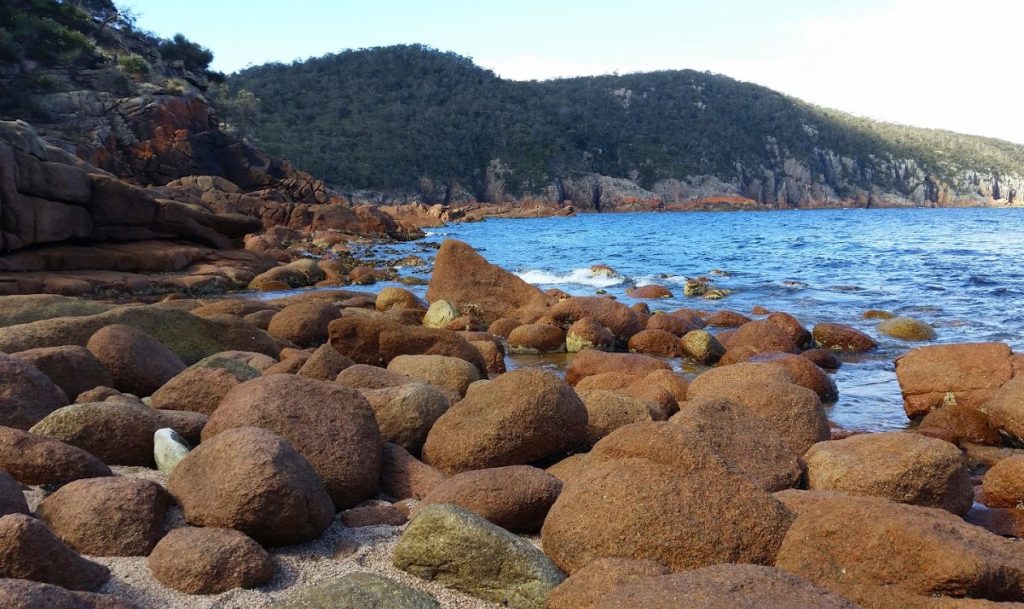We have been working with the collections community in Tasmania for quite some time around some other projects (as Morgan previously wrote about in the Collecting Tasmania and Aggregating Tasmania blogs).
Lately, we’ve been working through the tendering and procurement process for a new collections project in Tasmania, and since we’ve now received a signed contract we’re able to talk about this one (broadly, at this early stage). We’re implementing new Collection Management Systems for a range of institutions in Tasmania, which will not only assist Libraries Tasmania, Queen Victoria Museum and Art Gallery, University of Tasmania and the Tasmanian Museum and Art Gallery, but will also help make these collections available for much broader use by larger audiences.
In the current circumstances around the COVID-19 pandemic, with closed borders in Australia having significant impacts on travel, projects like this one can not only help to make information available to those who can’t travel, but also be a draw-card for tourism post-pandemic – people wanting to see particular objects, especially those that are highly iconic. I have fond memories of visiting Tasmanian museums when I was a representative on some national workgroups, and seeing the amazing objects that are held in those collections first hand. As a direct result, at the first opportunity I had, my wife and I went back to Tassie for a holiday, touring the collections in Hobart, Launceston and a whole raft of places including the amazing natural locations that Tasmania is also famous for (see below).

Admittedly it’s no collection organisation, but the memories of touring Tasmania remain strong five years later thanks to scenery like this.
This project will have a strong focus on open-source software, which is something of a specialty of ours at Gaia Resources. Open-source software in the broader collections community – also known as the Galleries, Libraries, Archives and Museums (GLAM) community – has been getting a lot of traction. We’ve been implementing and supporting systems based on CollectiveAccess, ArchivesSpace, AccesstoMemory, Archivematica and the first two of these will be involved in the Tasmanian project as key parts of the delivery.
The project is just commencing, and we will be blogging about the approaches that we will take in the project and the work that we’re undertaking in more detail, but it’s great to work with another series of collections to make them available to a wider audience. And just maybe, I can go back and revisit some of those memorable places when this pandemic is over.
Stay tuned for more, or drop us a line via email, or via our social media channels: Twitter, LinkedIn or Facebook.
Piers

Comments are closed.